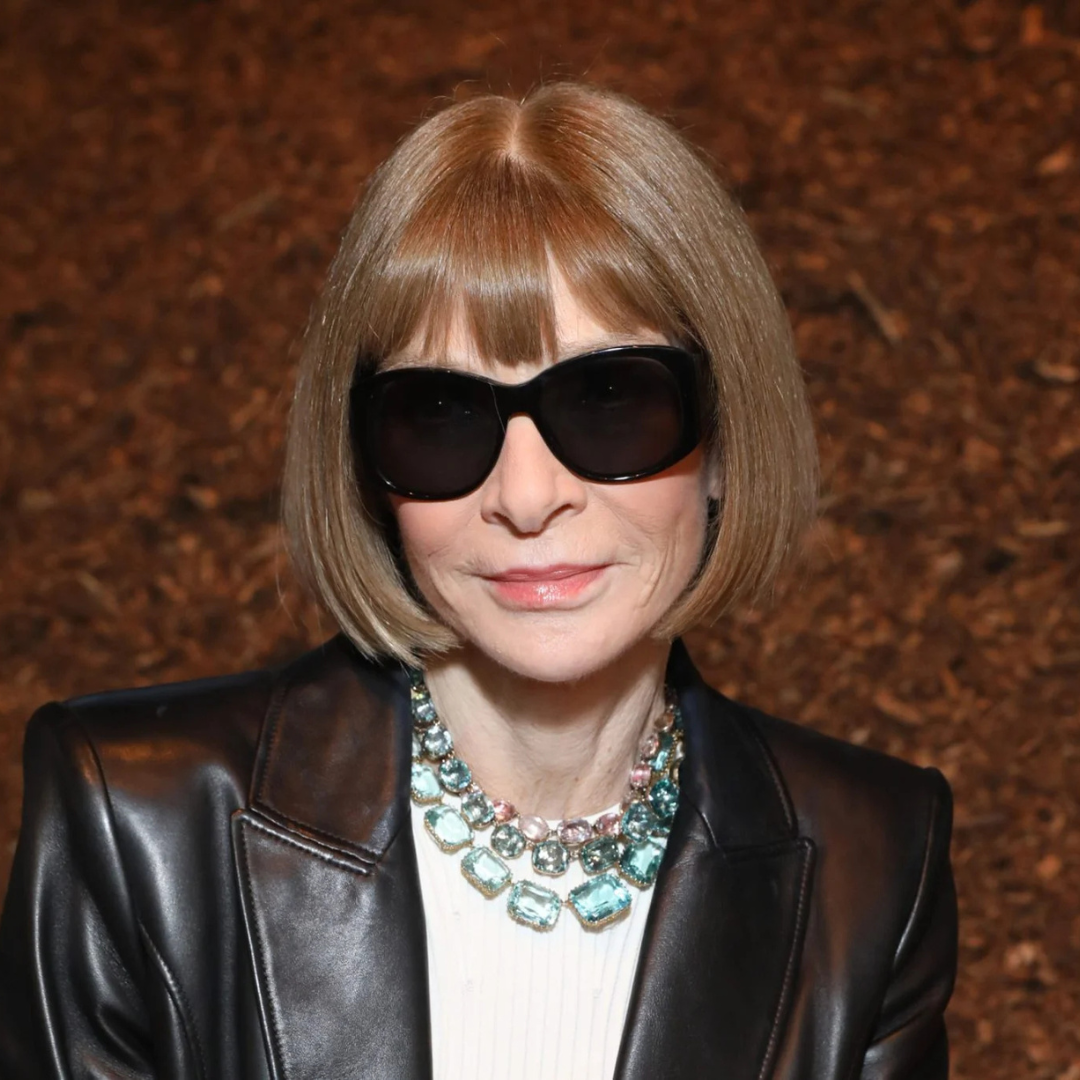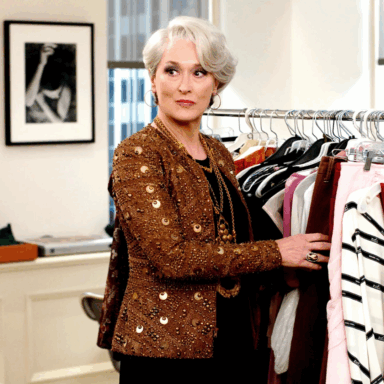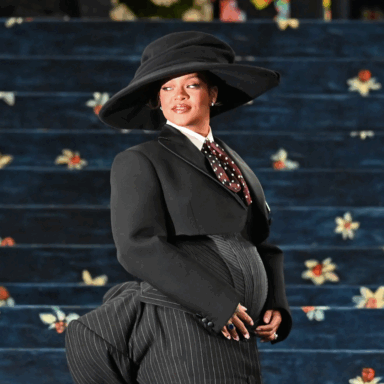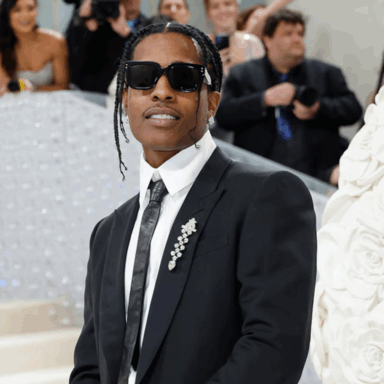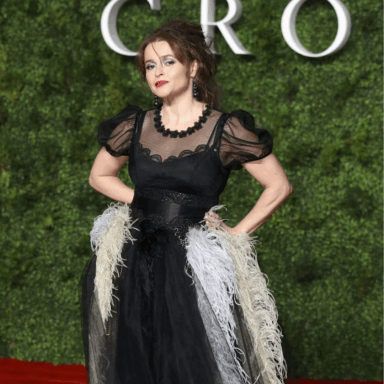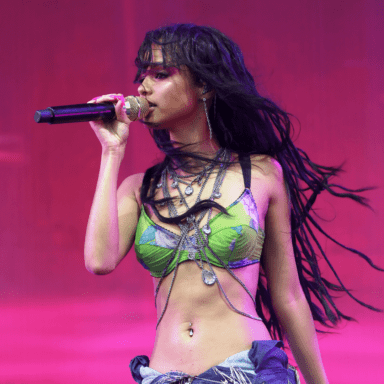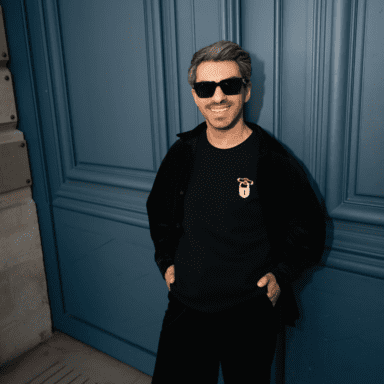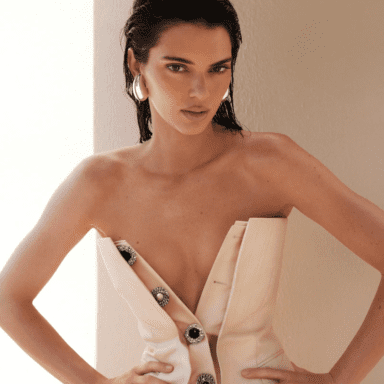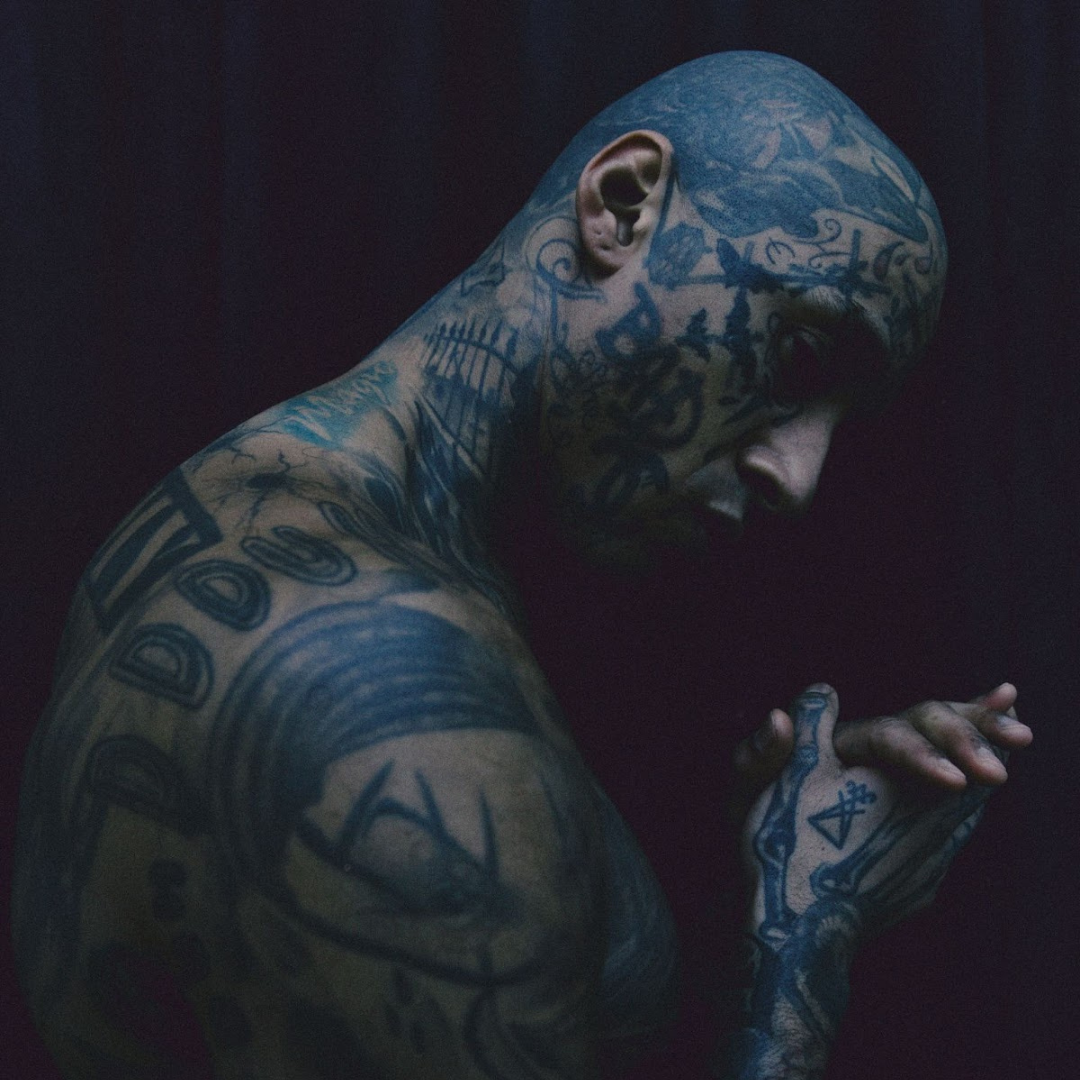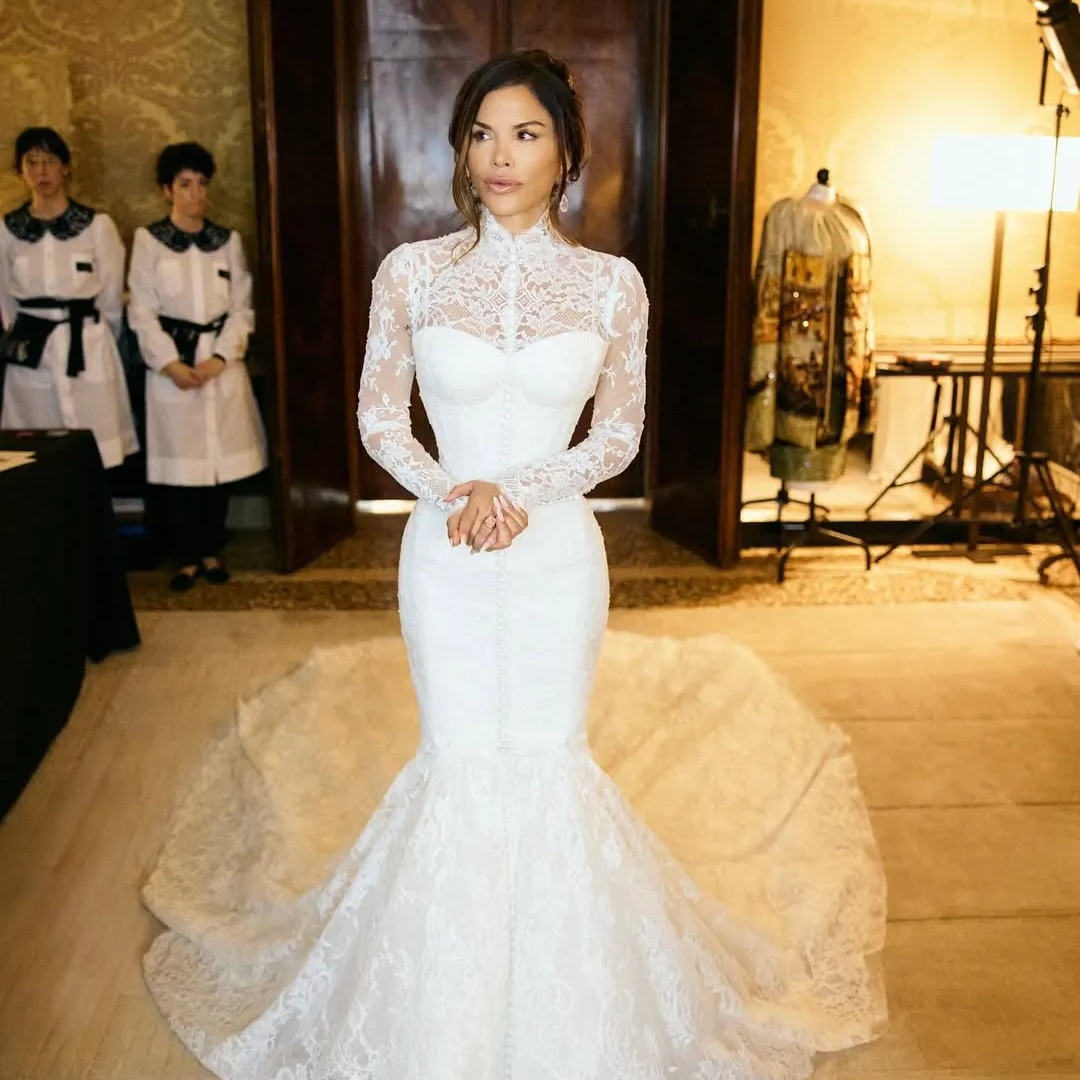The runway may continue, but it’s the end of a reign at the helm of American fashion media. Anna Wintour, the woman who defined a generation of style and ambition as editor-in-chief of Vogue since 1988, has officially stepped away from her editorial post in the U.S.—marking the end of an era, but not the end of her power.
Wintour’s exit doesn’t mean retirement. She remains Vogue’s Global Editorial Director, a title as ambiguous as it is telling. The truth is, she hasn’t needed a byline to wield influence in years. The front row of fashion week—where her signature bob and sunglasses always held court—wasn’t just symbolic. It was strategic. Wintour blurred the line between journalist and kingmaker, transforming Vogue from glossy magazine into cultural lodestar. In doing so, she made fashion into news, celebrities into brands, and herself into an institution.

The industry she leaves behind is largely one she built. Her instinct for what—and who—was next allowed her to push the culture forward while never losing her grip on its center. It’s not just that she championed designers, pop stars, and politicians (often all on the same cover), but that she reshaped Vogue into a platform that married art and commerce, celebrity and editorial, with rare precision.
Even The Devil Wears Prada—a Hollywood parody loosely based on her—ended up cementing her legend more than mocking it. Behind the controlled coolness, Wintour’s real legacy is her vision: her belief that fashion matters, that it deserves a seat at the global cultural table, and that editorial authority, when wielded well, can shape economies and icons alike.

Her departure may puzzle those outside the industry, but to tennis fans, the timing is poetic. She exits just in time for Wimbledon—a reminder that even the most powerful woman in fashion still makes time for the things she loves.
Vogue won’t be the same without Anna Wintour. Then again, nothing in fashion has been quite the same since she arrived.
